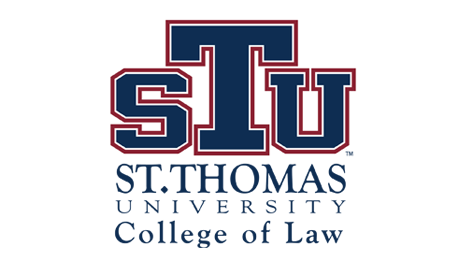St. Thomas Law Review
First Page
449
Document Type
Note
Abstract
Part I of this Note begins by exploring the meaning of probable cause, briefly tracing its development. Part I continues with an examination of how the Supreme Court's interpretation of the Fourth Amendment and the probable cause requirement relates to searches and seizures of containers, specifically, containers that may fall within the Sanders' footnote "exception." The relationship between the Sanders doctrine and that of the "plain view" doctrine will also be examined. In Part II, this Note presents the case of United States v. Prandy-Binett as an example of the above-mentioned doctrinal exceptions to the requirements of the Fourth Amendment run wild. The examination of the case will also encompass that court's supposed use of the statistical theory of conditional probability in its probable cause determination, with some analysis of the quoted theory itself. Criticism of the application of certain legal precedents by the court, and a brief look at how other federal circuits adjudicate similar problems is also examined. Part El, the Conclusion, will suggest a bright-line solution to the problem of "container- case" jurisprudence, and further will discuss the need for clarification of other related issues regarding search and seizure.
Recommended Citation
Paul L. Kaminsky,
The "Wrap" on Probable Cause: The Fourth Amendment Contained,
6
St. Thomas L. Rev.
449
(1994).
Available at:
https://scholarship.stu.edu/stlr/vol6/iss2/8
Included in
Constitutional Law Commons, Criminal Law Commons, Criminal Procedure Commons, Fourth Amendment Commons

